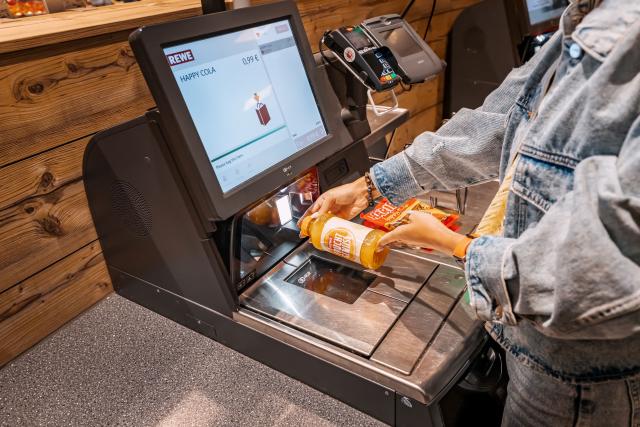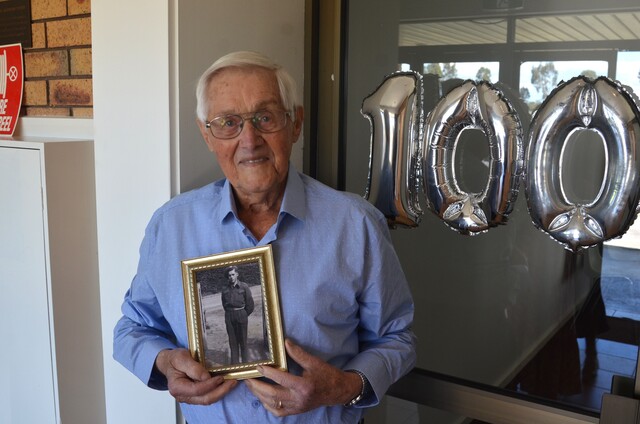Berwick has been listed fourth in the top ten Victorian suburbs facing automation shifts in the workplace, according to suburb-data provider Suburbtrends.
An estimated 12,092 people in the area will be facing an increasingly artificial-intelligence-dominant conversion in the workplace.
Pakenham placed seventh on the list, with 11,393 workers expected to be impacted by shifts towards automation.
A recent report from the University of Melbourne Work Futures Hallmark Research Initiative reveals Australian workers are largely unprepared for “future workplace challenges driven by automation and artificial intelligence“, though they aren’t showing much concern.
“We found that most Australians aren’t too worried about being replaced by AI and automation at work, and believe that their skills are adequate to meet the challenges ahead,“ report co-author and human geographer Professor David Bissell said.
“However, our research shows that Australians are cautious adopters of new technologies in the workplace.
“One-in-five say they only adopt new technologies in the workplace when they are forced to, so we need to understand the reasons behind this and facilitate technology use that is inclusive to all.“
Global technology research firm Forrester has warned 1.5 million Australians will be forced out of work as automation technology evolves.
City of Casey Manager Growth and Investment Kathryn Seirlis said the City of Casey “supports“ a “culture of innovation“.
“Our local business community can establish pathways for start-ups to collaborate with the existing industries, and explore new opportunities,“ she said.
“Council has been working with strategic sectors across Casey to identify ways we can help them respond to future trends, including AI.
“We are committed to increasing digital equity to future proof participation in community life, and will continue to work with local industry, education and employment providers to ensure systems are updated accordingly to service the job seekers that need the most assistance.“
Australia’s job market is anticipated to shrink by 11 per cent before 2030.
Those most affected by the change, according to the report, are cubicle workers.
Office clerks, accountants, human resources workers and bookkeepers who perform repetitive tasks are predicted to see a 58 per cent decrease in job availability by 2030.
Middle management roles are also expected to be affected and face concerns over their continuing value in the workplace.
Forrester anticipate a drop of 22 per cent due to displacement from automation.
Conversely, those who specialise in technology can expect an upward trend in job availability, with software and app developers, network and systems administrators, mathematicians and information security specialists needed to maintain and enhance AI performance.
Forrester reported Australia’s high minimum wage as a contributing factor to many businesses opting for automated operations, especially since the cost of intelligent automation reduces over time.
“Understanding the potential ramifications of AI and automation at a granular level is crucial for planning, whether at the policy level, in business strategy, or for individual career development,“ Kent Lardner, the founder of Suburbtrends said.
“These numbers underscore the need for Australia to prepare for a future where AI and automation will undoubtedly play an increasingly pivotal role.
“This transformation could be as profound as the industrial revolution, but with the right preparation, Australia can navigate this change effectively.“







